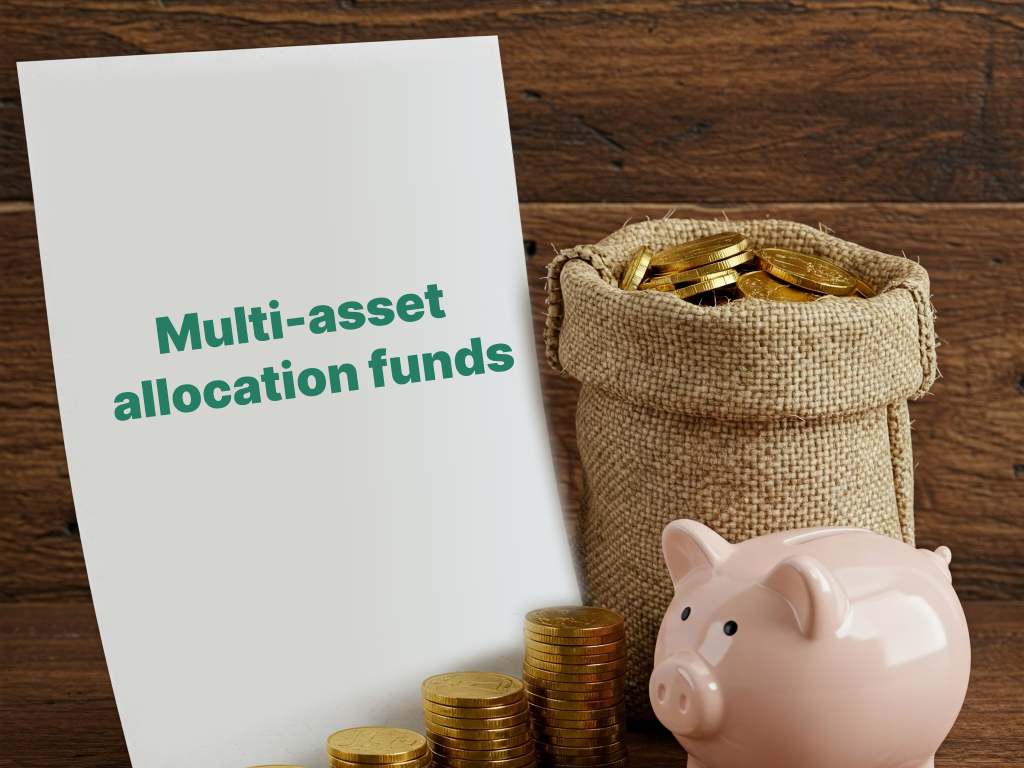Understanding Index Funds and ETFs

Index funds and Exchange Traded Funds (ETFs) are few of the schemes for passive investments. Both these schemes invest a minimum 95% investment in securities of an underlying index as prescribed by SEBI. Although both of these funds are passive, there are distinct differences.
Let’s understand the characteristics of both these funds.
Index Funds vs ETFs: An Overview
What are Index Funds?
Index Funds are funds that follow a benchmark index. When an investor puts money in the index fund, the said amount will be then invested in all the companies in the same ratio as of an underlying index that make a particular index which in turn gives the investor a more diversified portfolio.
What are ETFs?
ETFs are the funds that are traded on exchanges, generally tracking a specific index. The investor investing in ETFs can buy or sell during the market hours.
Key Differences Between Index Fund and ETF
The biggest difference is that Index Funds operate in the way other mutual funds do, in that they are priced at the close of the trading day based on the NAV of the underlying securities, whereas ETFs are priced to the market throughout the trading day. That means they are easier to buy and sell quickly, if need be and may be used for intraday trading.
Secondly, for investing in ETFs you need a demat account whereas for an Index Fund, you don’t need a demat account and you may buy or sell the units of an Index Fund.
In case of Index Funds, when the units are allotted to an investor, there is a chance that there may be fractional units allotted up to four decimal places. In case of ETFs, an investor is buying the units that are sold by someone else. These units are whole numbers and not fractional in nature. ETFs have NAVs and ideally, the price of an ETF should move in tandem with its NAV. However, the mismatch between demand and supply can cause ETFs to trade at a premium or discount to their NAVs. That's not so with index funds, where you can be certain that you will be allotted units at the NAV only.
Introduction of Passive ELSS scheme in Index Funds
With a view of providing the benefits of passive investing along with tax saving options, SEBI through a circular on May 23rd, 2022 permitted the AMCs to provide passive ELSS mutual funds (index funds) effective from 1st July 2022. In the case of an ELSS scheme, a lock-in period of 3 years exists. This is a passive ELSS scheme that is used for tax saving purposes.
At Zerodha Fund House, we offer a passive ELSS scheme viz., Zerodha ELSS Tax Saver Nifty LargeMidcap 250 Index Fund, the details of which can be found here. Please refer to the bottom section of the blog for the product label, risk-o-meter, and additional scheme-related particulars and disclaimers.
Performance of Index Funds and ETFs
Which one has better Returns?
It is hard to compare both the funds in terms of returns to conclude one is better than the other. Both are types of passive investment funds that track a benchmark index and aim to replicate its performance. Since they are both designed to mirror the return of an index, their performance depends on how closely they track the index.
Portfolio Concentration Norms for Equity Exchange Traded Funds (ETFs) and Index Funds
In order to address the risk related to portfolio concentration in ETFs and Index Funds,
SEBI has decided to adopt the following norms:
- The index shall have a minimum of 10 stocks as its constituents.
- For a sectoral/thematic Index, no single stock shall have more than 35% weight in the index. For other than sectoral/thematic indices, no single stock shall have more than 25% weight in the index.
- The weightage of the top three constituents of the index, cumulatively shall not be more than 65% of the Index.
- The individual constituent of the index shall have a trading frequency greater than or equal to 80% and an average impact cost of 1% or less over the previous six months.
Conclusion
Both index funds and ETFs provide investors with broad and diversified exposure to the stock market. Both these may make good long-term investment options. But it is required to carefully understand which type of mutual fund suits an investor’s needs and preferences before they start investing.

Mutual Fund investments are subject to market risks, read all scheme related documents carefully
Please note that this article or document has been prepared on the basis of internal data/ publicly available information and other sources believed to be reliable. The information contained in this article or document is for general purposes only and not a complete disclosure of every material fact. It should not be construed as investment advice to any party in any manner. The article does not warrant the completeness or accuracy of the information and disclaims all liabilities, losses and damages arising out of the use of this information. Readers shall be fully liable/responsible for any decision taken on the basis of this article or document.
Published on 14 May 2024




